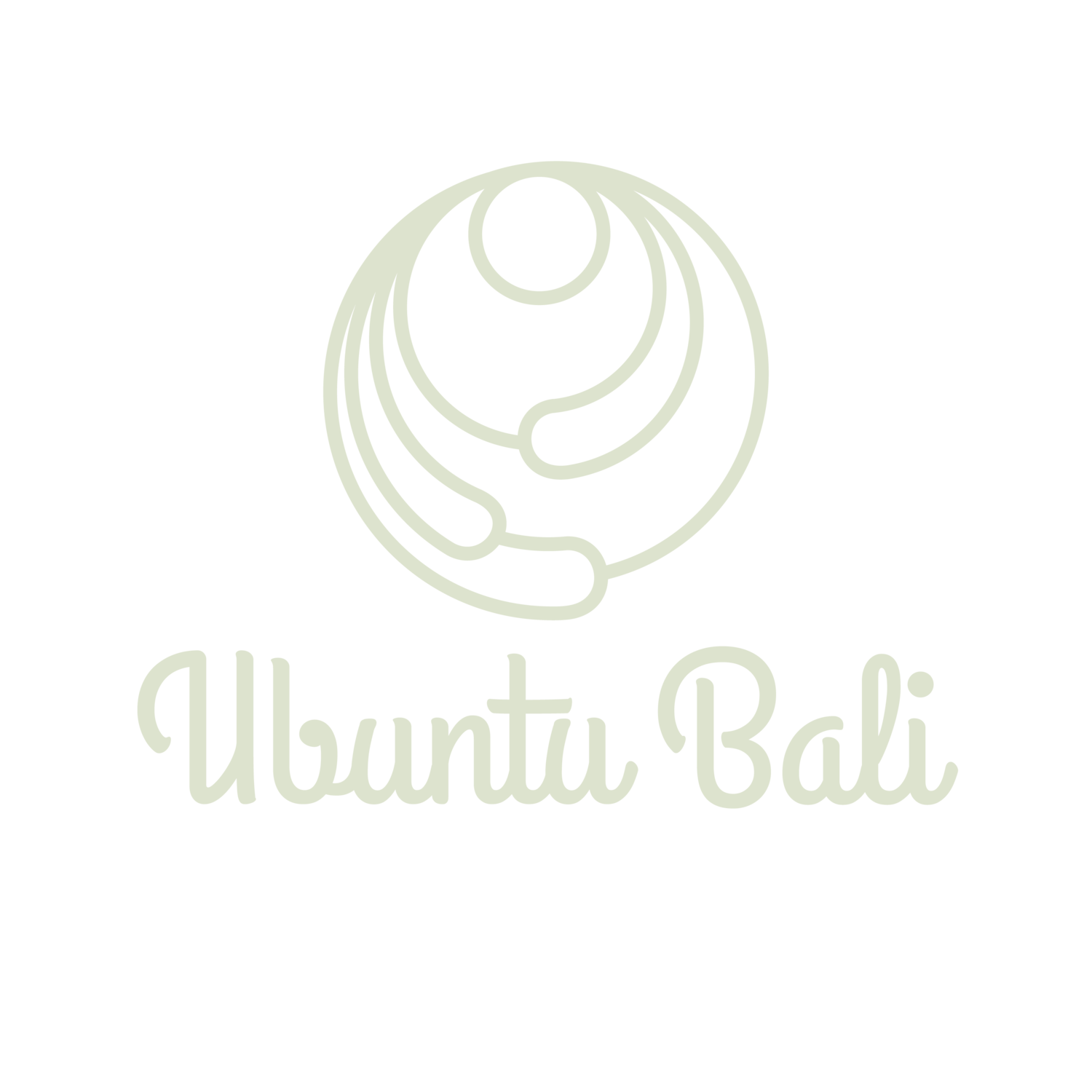Why Ashtanga Yoga Works So Well for Scoliosis
Scoliosis is a condition in which the spine is curved to one side. This can cause back pain, breathing problems and headaches. It's estimated that nearly three million people in the U.S. have some form of scoliosis, but many do not receive treatment for it because they are worried about surgery or other invasive procedures.
Fortunately there are alternative holistic treatments available to treat scoliosis without surgery or drugs—and yoga is one of them!
In this article, we will explore how Ashtanga Yoga is one of the most effective ways to help relieve the pain associated with this disease while strengthening, stretching and toning muscles at the same time.
What is Ashtanga Yoga?
Ashtanga Yoga is a form of Hatha Yoga that emphasises the physical practice of yoga postures, or asanas, through the use of the breath and with awareness. The name "Ashtanga" comes from the eight limbs or branches of yoga as described in Patanjali's Yoga Sutras. In other words, Ashtanga Yoga focuses on physical postures and breathwork to achieve stillness within yourself so that you can achieve liberation from suffering.
Ashtanga can be thought of as a sequence of poses—in fact, there are six series within Ashtanga Yoga based upon which series you're working on at any given time (or day). The first series is known as Primary Series and begins with Surya Namaskar A & B; these two movements together make up one vinyasa.
Each subsequent series requires more strength than the previous one does so by practising all six series in order, your body will become stronger over time until it progresses naturally into Intermediate I & II; those who practise only Primary or Intermediate I may not progress past half way through Intermediate II level yet still enjoy many benefits because their bodies have been strengthened enough to support their weight without causing discomfort.
Yoga for Scoliosis: The benefits
If you have scoliosis, Ashtanga Yoga may be an especially good choice for you because it can help improve your posture, reduce stress levels and increase flexibility. In fact, studies have shown that practising Ashtanga Yoga for just three months can have significant benefits for people with scoliosis:
Better posture: Scoliosis can often cause poor posture, and attempting to sit or stand up straight with a curved spine can lead to further discomfort. Yoga is a great way to build up the muscles required for good posture, helping to keep your spine straight.
Better breathing: Scoliosis can cause poor breathing patterns and decreased lung capacity, which can increase your risk of other diseases. Yoga can help to improve your breathing and can even increase lung capacity by up to 20%.
Improved flexibility: Scoliosis can result in limited flexibility, which can make exercising more difficult. Yoga is a great way to improve flexibility and can even reduce the risk of joint degeneration.
Increased energy: Scoliosis can often leave you feeling fatigued and low on energy. Yoga can help to reduce fatigue and increase energy levels by improving blood flow and bringing more oxygen to the cells.
Better sleep: Scoliosis can often result in poor sleep, and the resulting lack of sleep can make your pain even worse. Yoga can help to improve sleep quality and reduce the amount of time it takes you to fall asleep.
How Yoga Works for Scoliosis
While many people practice Ashtanga to boost strength and flexibility, it's also an excellent option for those with scoliosis because it requires you to hold each pose for a long time and repeat the same sequence of poses over and over again. This helps improve posture and strengthens your core muscles, which supports your spine and reduces back pain.
The repetitive nature of Ashtanga also helps alleviate stress in a way that may reduce nighttime symptoms associated with scoliosis like sleep apnea or restless leg syndrome.
3 Simple Poses for Scoliosis
Shoulder stand - This pose is great for relieving neck and shoulder pain related to scoliosis. It’s also great for improving strength and flexibility in your upper back and shoulders, which can be particularly weak in people with scoliosis.
Spine twist - This pose is great for anyone who suffers from scoliosis because it helps to gently stretch your spine while massaging your organs to help them function better. This pose is great for improving your posture and reducing back pain.
Backbends - As you move into a backbend, your spine is stretched, and that can help to elongate the vertebrae, which can reduce curvature in the thoracic region of your spine. In addition to opening up the chest and creating space for your lungs, backbends also strengthen muscles that support healthy posture including those around your lower back. The first few times you try a backbend might feel scary on tired muscles or weak shoulders, but if practised correctly over time they’ll become easier as you build strength in these areas.
We hope this article has given you a better understanding of how Ashtanga Yoga works for Scoliosis. As with any other form of exercise, the key is to listen to your body and be gentle on yourself as you start exploring this practice. Check out our latest Ashtanga Yoga classes at Ubuntu Bali in Canggu for more information on how to get started with your practice.

